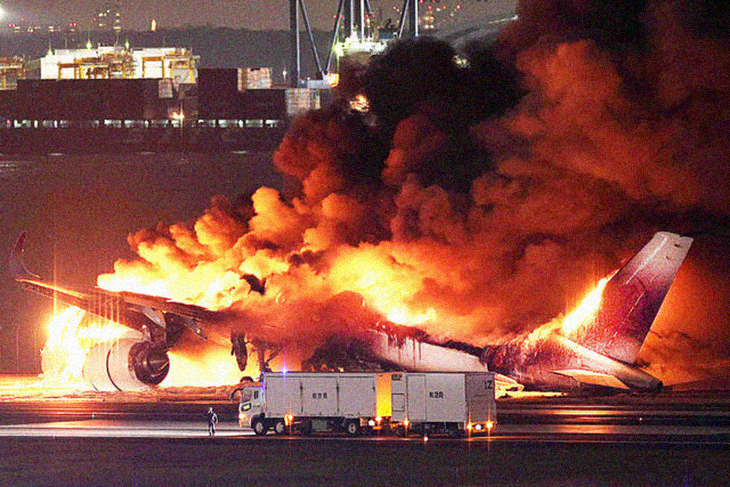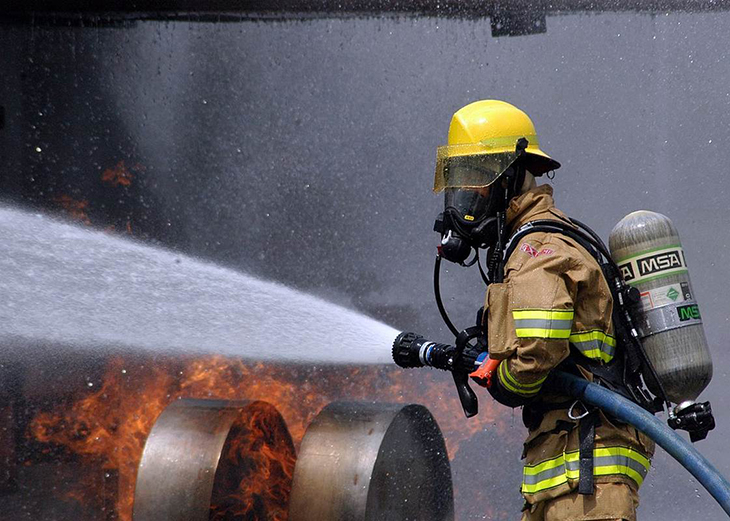
The significance of safety demonstrations on airplanes becomes strikingly evident when we witness real-life scenarios like “The Miracle on Haneda” unfold. In this extraordinary event, a Japan Airlines Airbus A350 burst into flames on the runway at Haneda Airport, yet miraculously, all 379 passengers and crew emerged unscathed.
The incident, now etched in aviation history, underscores the critical importance of adhering to safety protocols. Despite the initial impression that such precautions might be trivial, they proved instrumental in ensuring the survival of every individual on board.
Detailed investigations into the accident reveal a sequence of events that could have easily escalated into a catastrophic disaster. The pilot, having received clearance to land, encountered an unexpected obstacle—a Japanese Coast Guard aircraft crossing the runway. The ensuing collision ignited a blaze, forcing the Airbus to swiftly decelerate to a standstill before evacuation procedures could commence.
Remarkable footage circulating on social media captures the harrowing moments inside the aircraft as flames engulfed the exterior. Astonishingly, the majority of passengers remained composed, a testament to both their resilience and the effectiveness of safety training.
The Miracle on Haneda serves as a poignant reminder that safety measures, often overlooked or dismissed, are indispensable safeguards in the face of unforeseen emergencies. It underscores the vital role played by both passengers and crew in ensuring collective survival amidst the chaos of aviation mishaps.
“I heard an explosion about 10 minutes after everyone and I got off the plane,” 28-year-old passenger Tsubasa Sawada, said when speaking to Reuters. “I can only say it was a miracle, we could have died if we were late.”

Reuters also received insight from an aviation safety specialist at a consultancy headquartered in the UK. The specialist noted that it seemed no passengers exited the aircraft with carry-on luggage, a practice typically emphasized in in-flight safety protocols for years. He commended the crew’s performance, highlighting their effective communication through megaphones due to the malfunction of the plane’s intercom system.
“It really is a lesson for the rest of the world,” Geoffrey Thomas told the Japan Times. The newspaper also labeled him as “an aviation expert” who noted that despite what the passengers had gone through, people followed textbook exit procedures properly.
The Times interviewed two passengers in their middle years, both apprehensive about the situation, yet they remained composed and promptly evacuated.
What are your thoughts? Please comment below and share this news!
True Activist / Report a typo


